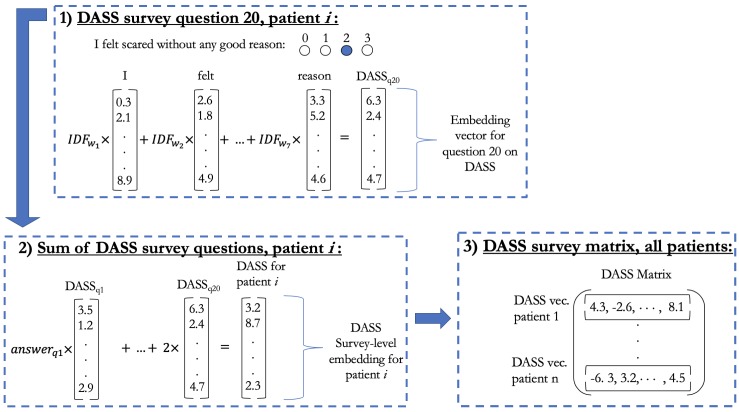Fig 1. Workflow to compute survey-level embedding matrix.
The example is illustrated with the DASS questionnaire and a given patient i response. In Box 1 we illustrate the first step with question 20: “I felt scared without any good reason.” We weight the 500-dimensional embedding vector for each word in the question by its corresponding IDF weight, this yields a question-level embedding vector for question 20 (q20). Subsequently as shown in Box 2 we add all question vectors in the survey, respectively weighted by the patient’s i answers. In this example, answer to q20 was “2,” thus we multiply the last question embedding by 2. The result is a survey-level embedding vector for DASS for patient i. We repeat the process with DASS for all patients i = 1, …,310, concatenating the transposed survey-level vectors as shown in Box 3. Finally, we have a questionnaire-level matrix of dimension 310 x 500, corresponding to patient by embedding dimension.

